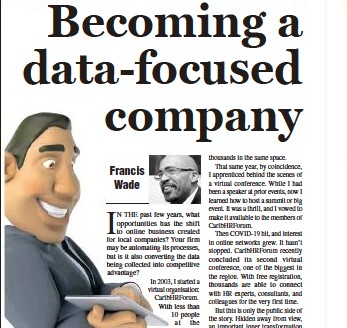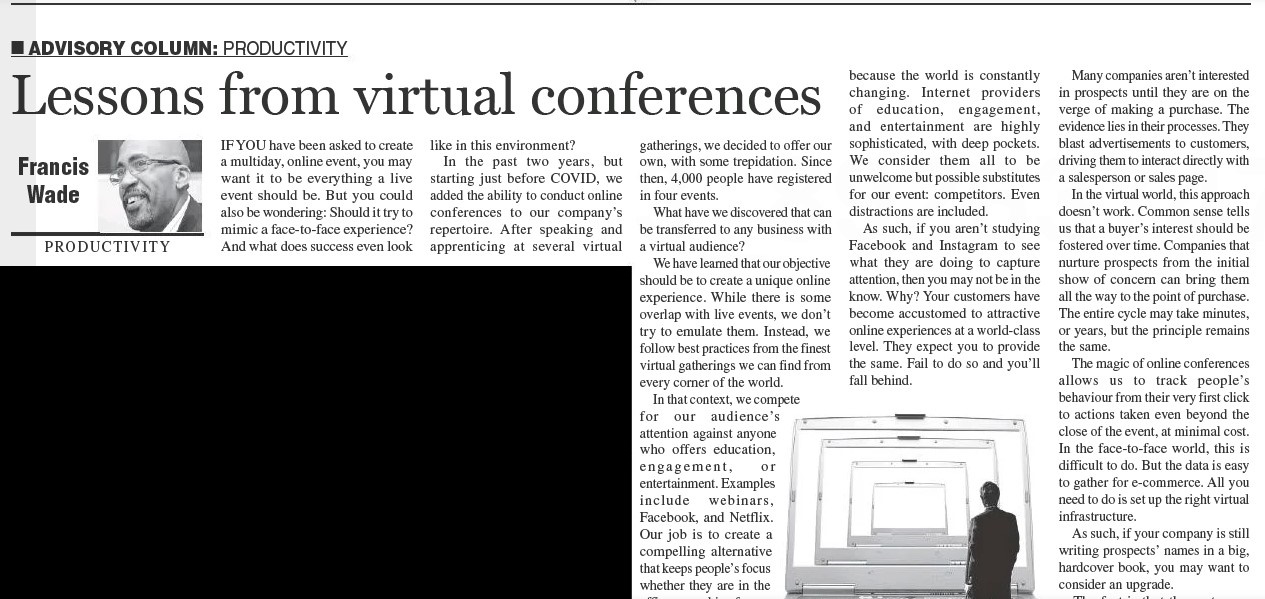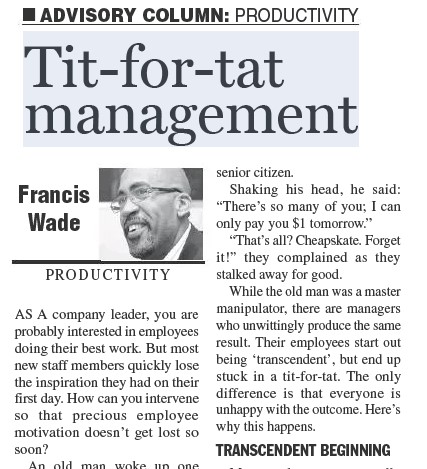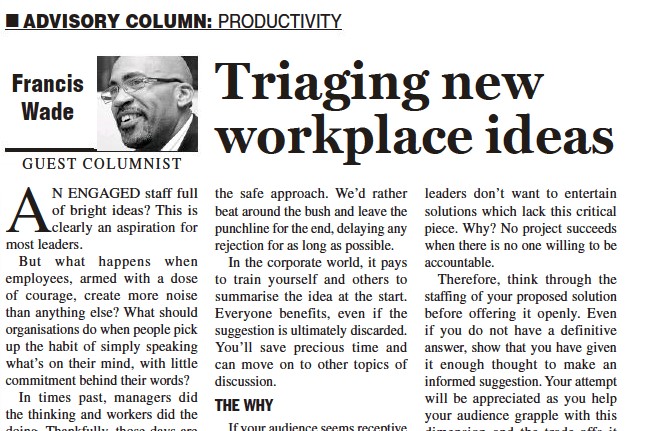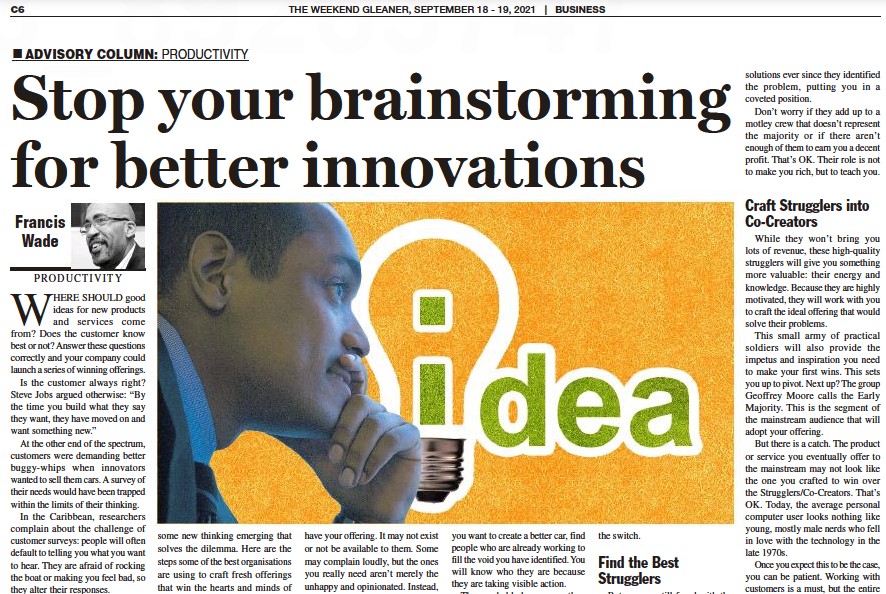In the past few years, what opportunities has the shift to online business created for local companies? Your firm may be automating its processes, but is it also converting the data being collected into competitive advantage?
In 2003, I started a virtual organization: CaribHRForum. With less than 10 people at the start, it drew together HR practitioners I met in the Caribbean on various trips. New digital technologies were just emerging, and I believed they could be used to close the distance. Consequently, we adopted a centralized online mailing list to initiate a region-wide discussion.
The small group grew to add a website and a podcast – CaribHR.Radio. But the rapid growth outgrew the tools we were using and became overwhelming.
Thankfully, newer technology emerged in 2019 in the form of virtual community software – Mighty Networks. For the first time, an affordable, private internet platform could bring together thousands in the same space.
That same year, by coincidence, I apprenticed behind the scenes of a virtual conference. While I had been a speaker at prior events, now I learned how to host a summit or big event. It was a thrill, and I vowed to make it available to the members of CaribHRForum.
Then COVID-19 hit, and interest in online networks grew. It hasn’t stopped – CaribHRForum recently concluded its second virtual conference, one of the biggest in the region. With free registration, thousands are able to connect with HR experts, consultants and colleagues for the very first time.
But this is only the public side of the story. Hidden away from view, an important inner transformation based on data is also underway.
1) Industry Data Using Linkedin
What are the drivers of customer behaviour in your industry? You may want to have more than anecdotes to make decisions, but don’t have access to anything concrete.
We had the same problem, but the platforms we use have obliged by developing better data and analytic capabilities.
For example, on Linkedin we have learned that there are 23,000 HR professionals in the region, spread across 21 territories and countries.
By offering multiple Linkedin events on a range of topics, the platform tells us what this cohort is interested in learning. Our webinars and conferences advertised on the social network have served as a continuous pipeline. Each one adds new potential members. The cost? Just our time, as the network doesn’t charge for this service.
Furthermore, we have run paid Linkedin advertisements. While these are not cheap, they allow us to target each country’s HR Professionals with great precision. As such, we have steadily “trained” our Linkedin account to recognize people in our audience. Now, it’s a valuable tool: an analytic partner that outstrips our use of Instagram, Facebook and Google.
But the point is that they all offer data which gives us powerful insights into our efforts, and their results. They also track a storm of information on audience behaviour: views, clicks, and conversions which are impossible to gain from other face-to-face methods. Together, we can paint a picture that becomes clearer as they add new features.
2.) Community Behaviour Using Mighty Networks
While social networks have become great assets, our community platform on Mighty Networks has also improved its analytics. Now, we can track the overall behavior of our members as they transition from being newbies to more mature contributors.
From this data, we are able to predict which new topics are trending. From there, we can tweak the members’ journey and make timely improvements. As a result, we can better meet their overall purpose: to become better professionals. The data indicates which events and training we should offer.
3) The End Result: a New Organization
What else do all these data-driven insights allow for? Apart from the obvious internal benefits to us as hosts, they also enable more pluses for potential sponsors. As we uncover deeper interpretations, we offer sponsors more than exposure. Today, we can give them a better understanding of the audience and its unique behaviour.
In other words, the availability of analytics has transformed CaribHRForum. Scaling up from our small example, you may see how any organization can transform itself using data. The mere existence of this new information could be disruptive to an industry.
Perhaps your company is similar. You probably don’t intend for it to become a data-driven organization, but as you conduct more online business, consider this outcome. In fact, you may not have a choice.
The availability of fresh, easy-to-collect data in your industry could become a way for your company, or a competitor, to gain a permanent advantage. Don’t hesitate to include this likely scenario in your strategic planning.
Francis Wade is the author of Perfect Time-Based Productivity, a keynote speaker and a management consultant. To search prior columns on productivity, strategy, engagement and business processes, send email to columns@fwconsulting.com.

